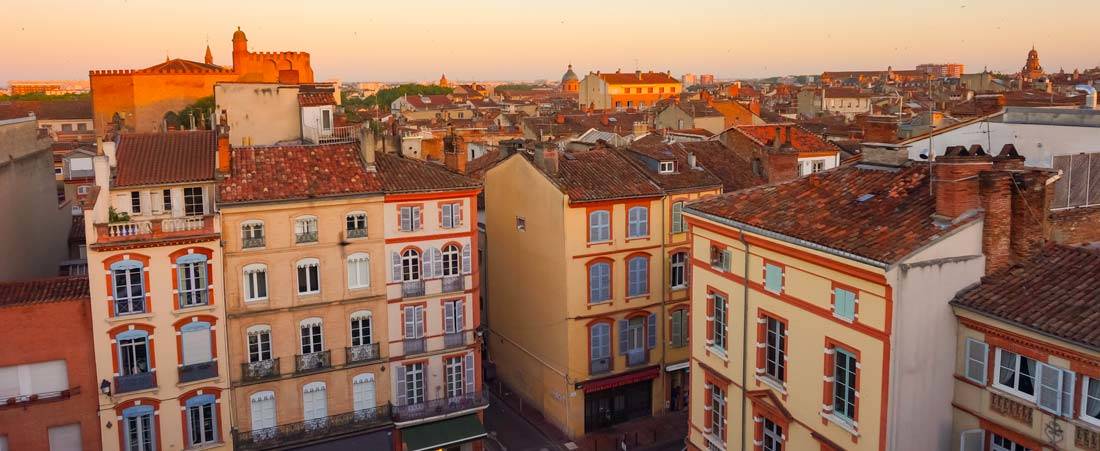Carmes District

History of the Carmes district
In the historic center of the "pink city", on the right bank of the Garonne, the Carmes district was born on the route of the cardo, the main Roman road that crossed the city from north to south. At the beginning of the 13th century, the city's capitouls decided to build a market around which the Carmes quarter was to be organized. The names of the streets recall the medieval trades which then animated the area: netmakers, merchants, cutlers, polinaires. At the heart of this maze of alleys, some of which, such as rue des Filetiers, are still very commercial, is the Place des Carmes: until the beginning of the 19th century, it was entirely occupied by the convent of the Carmel Order, whose members are called the Carmes. From the 17th century, the district initially populated mainly by small merchants and clothiers or lanassiers counted more and more goldsmiths, some of whom made their fortune. Figures from the local aristocracy also inhabited the area in the 17th and 18th centuries. It was after the revolution that the Carmes quarter changed radically, with the expulsion of the religious and the destruction of the convent. The Place des Carmes was the subject of several redevelopment plans during the 19th century. Today, the location of the convent is that of the famous covered Carmes market, a must-see in Toulouse since the 1960s.
The must-sees of the Carmes district
Right next to the very lively rue de Metz and Place Esquirol, the Carmes quarter is a charming area whose narrow streets have retained their medieval atmosphere. They lead to the Church of Notre Dame de la Dalbade, a typical example of southern Gothic architecture, with a remarkable colored tympanum. A few steps away, near the Franco-Occitan school, a gable in the rue du Pont de Tounis houses the Songes fresco, a Street Art masterpiece by Miss Van. The old Baltard market hall on the Place des Carmes was replaced in the 1960s by an open-air car park, and its market housed in a modern building facing the Hôtel du Vieux-Raisin, a remarkable 16th century building. There are many old mansions in the Carmes district. One of them, the Hotel Besson, houses the Paul Dupuy Museum and its collection of graphic arts and works of art. A stone's throw away, allée Jules Guesdes, are also the Jardin des Plantes, the Natural History Museum and the Quai des Savoirs cultural center.
Living in the Carmes District
In the heart of Toulouse, in the protected area, the Carmes district is attractive for its calm, which contrasts with the effervescence of the neighboring axes. Beautiful mansions and old mansions conceal cachet apartments. The district revolves around the covered market on the Place des Carmes, a formidable asset that offers its inhabitants fresh and varied products almost every day of the year: greengrocers, bakers, pork butchers, butchers, caterers, fishmongers and wine merchants. are there every morning from Tuesday to Sunday. There are many amenities in the neighborhood in the areas of early childhood and education, sports and leisure, culture and solidarity. There are thus collective nurseries, nursery and elementary schools, the Franco-Occitan calendreta school and the Catholic university. The rue des Filatiers, partly pedestrianized, is home to many shops, including tempting delicatessens. Carmes metro station is served by metro line B. The area is also served by bus lines L4 and N.


